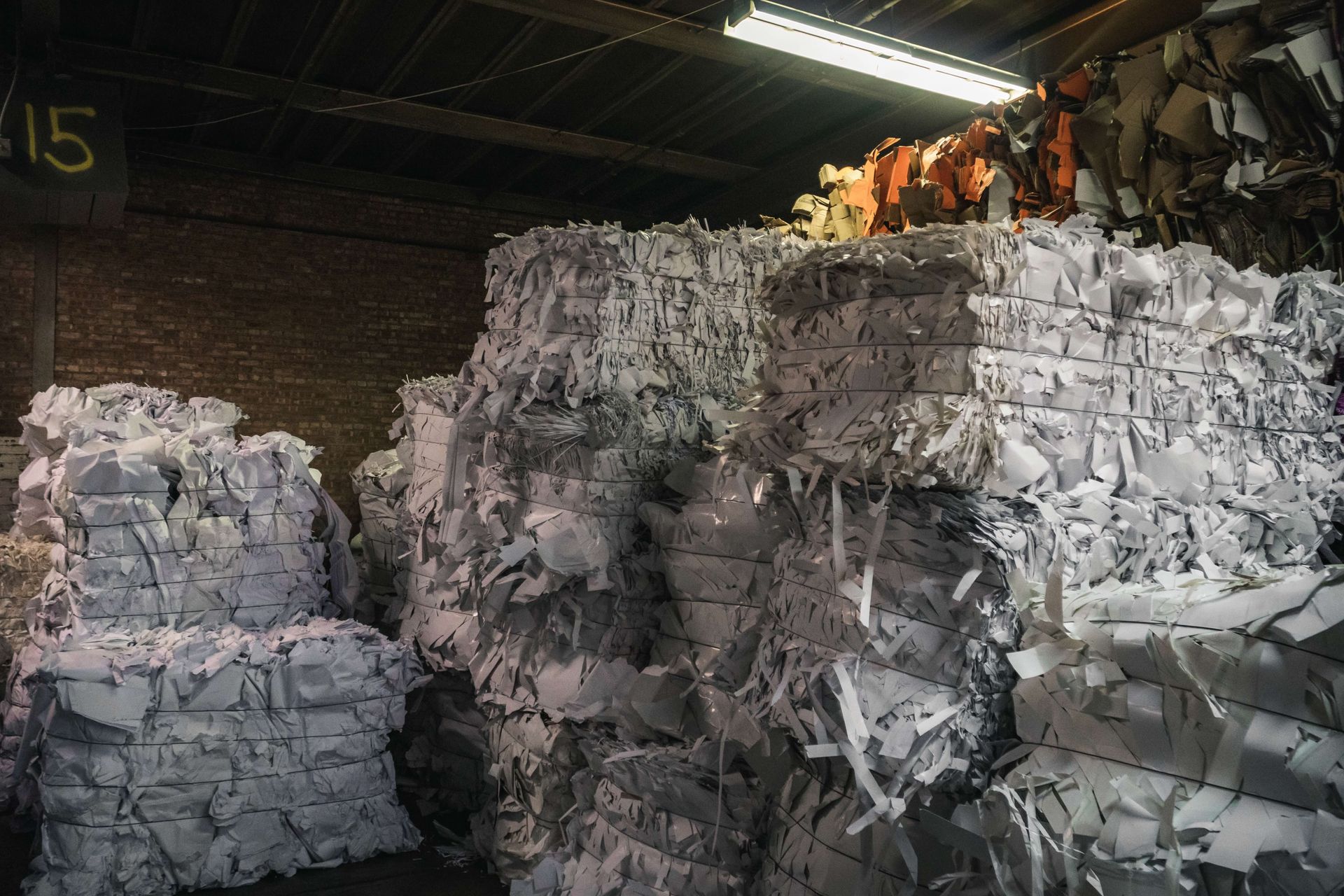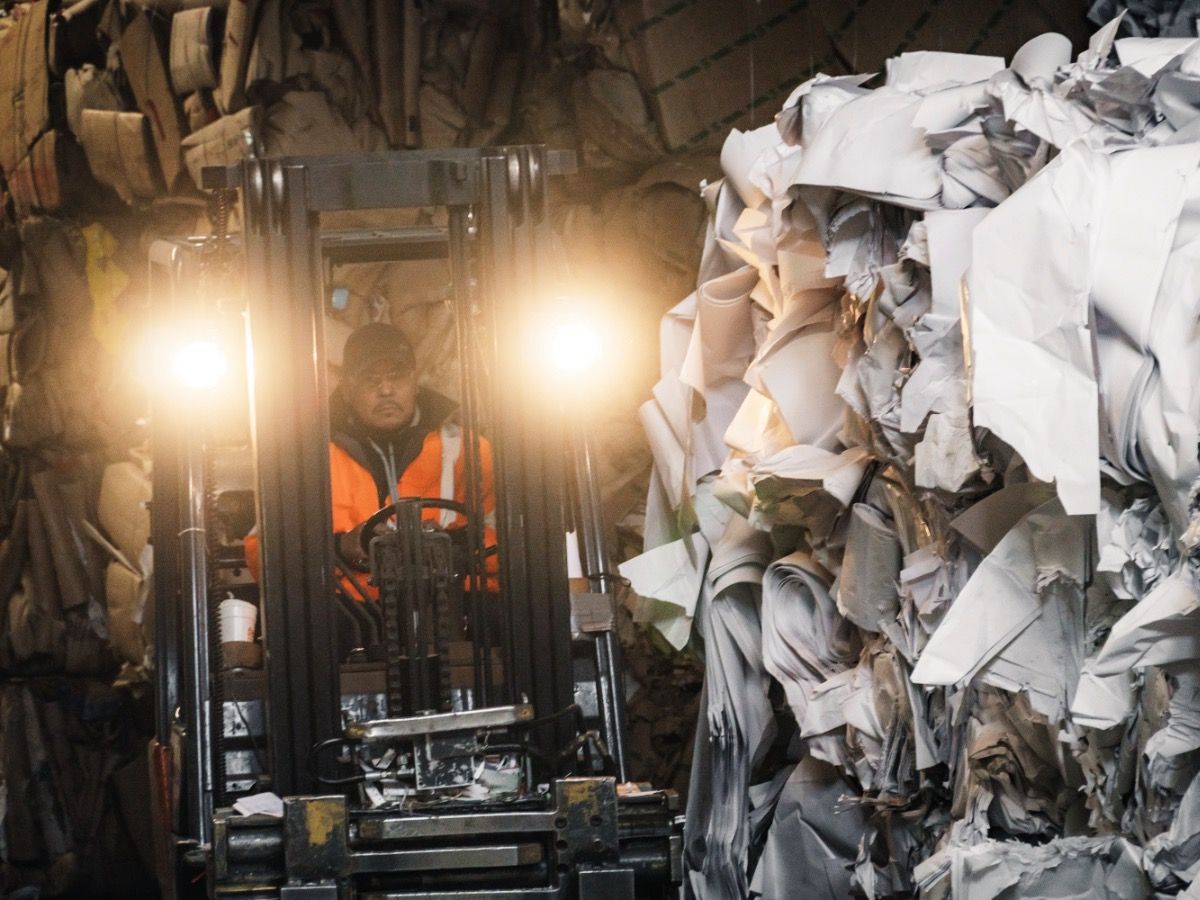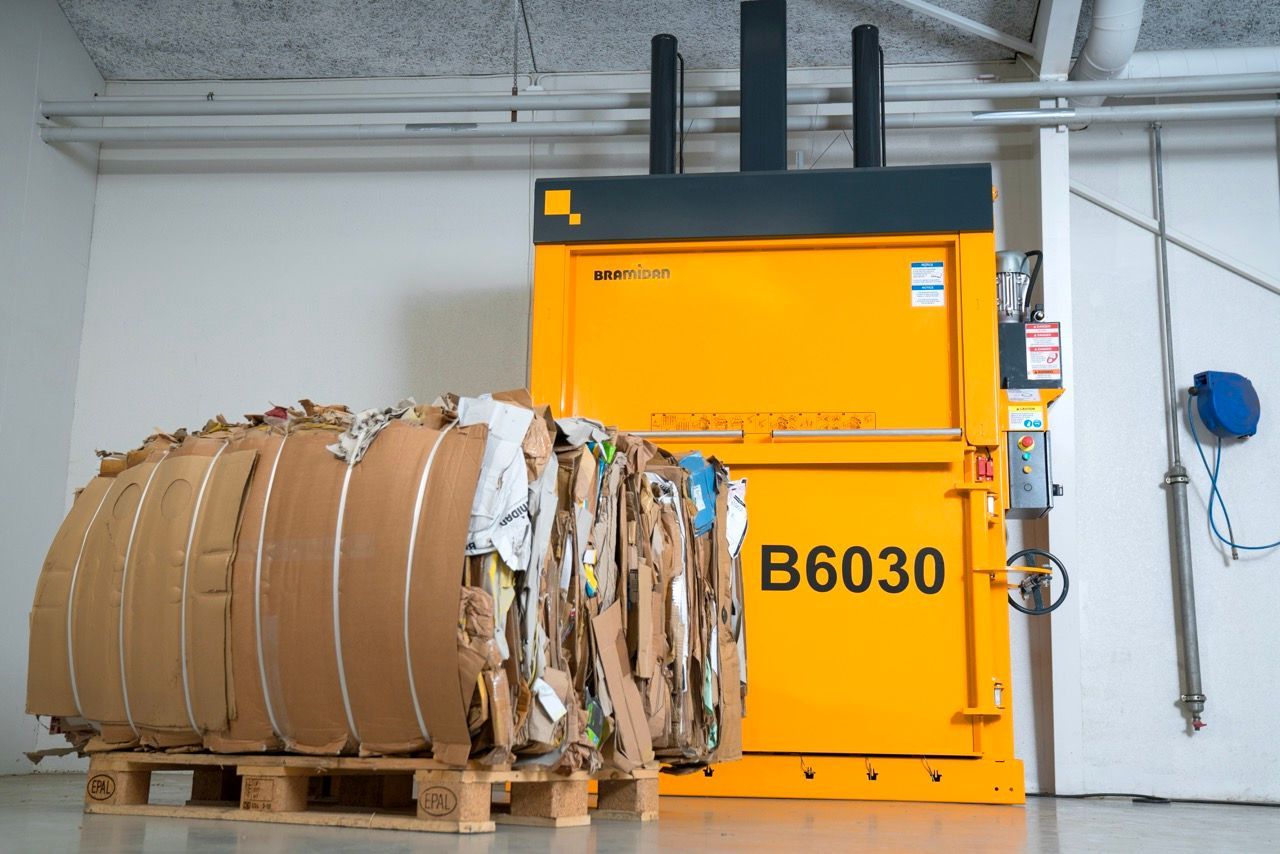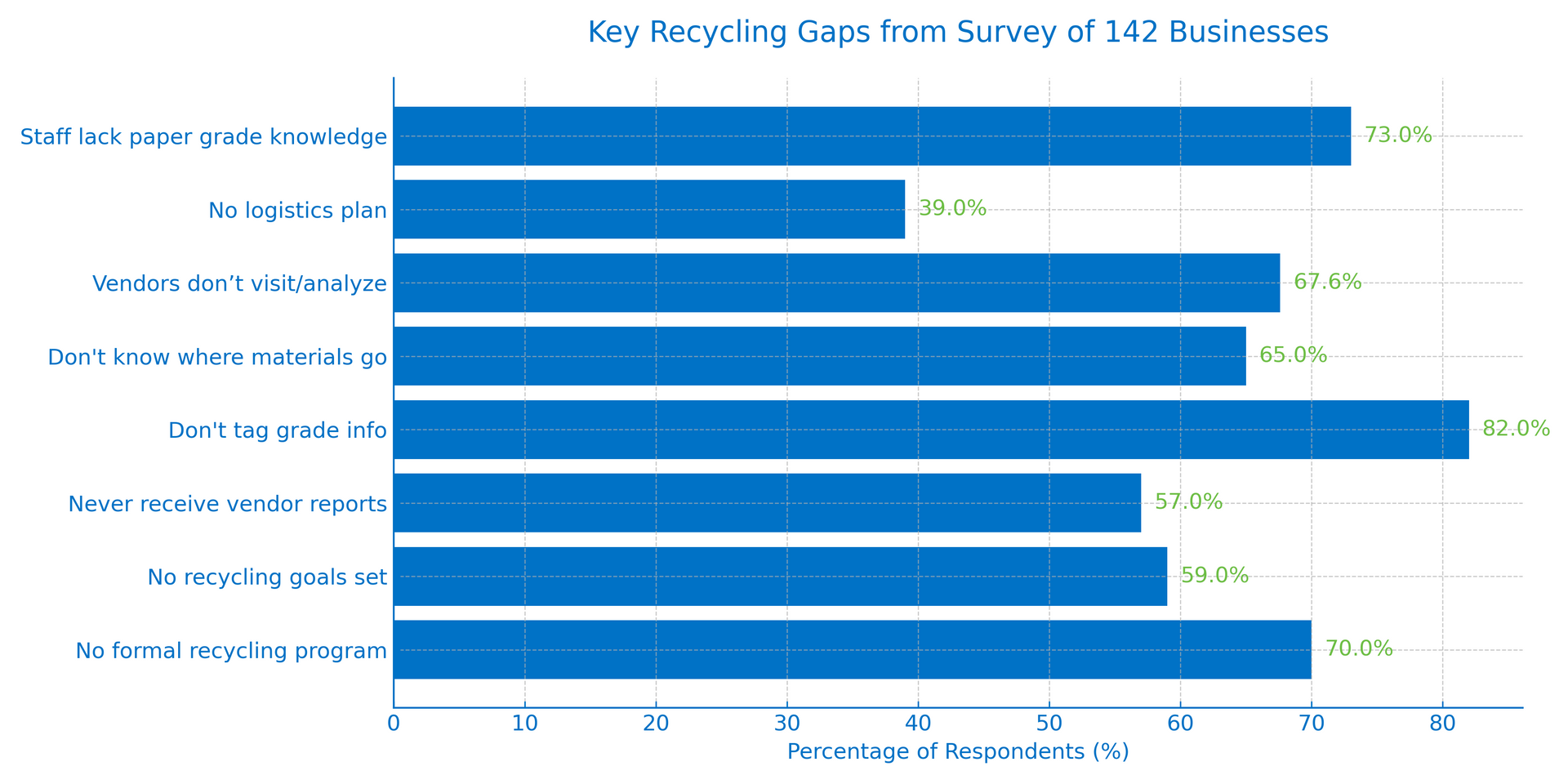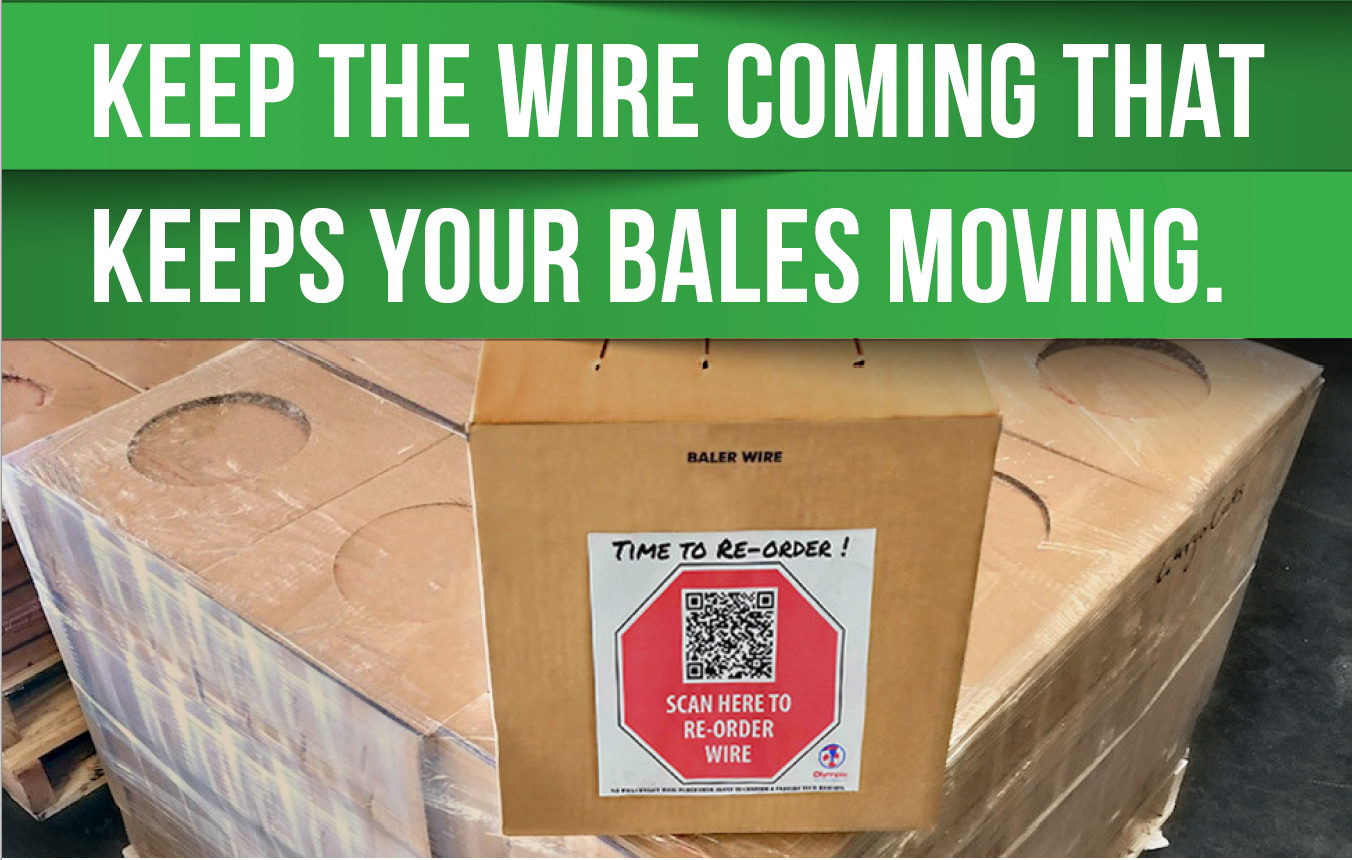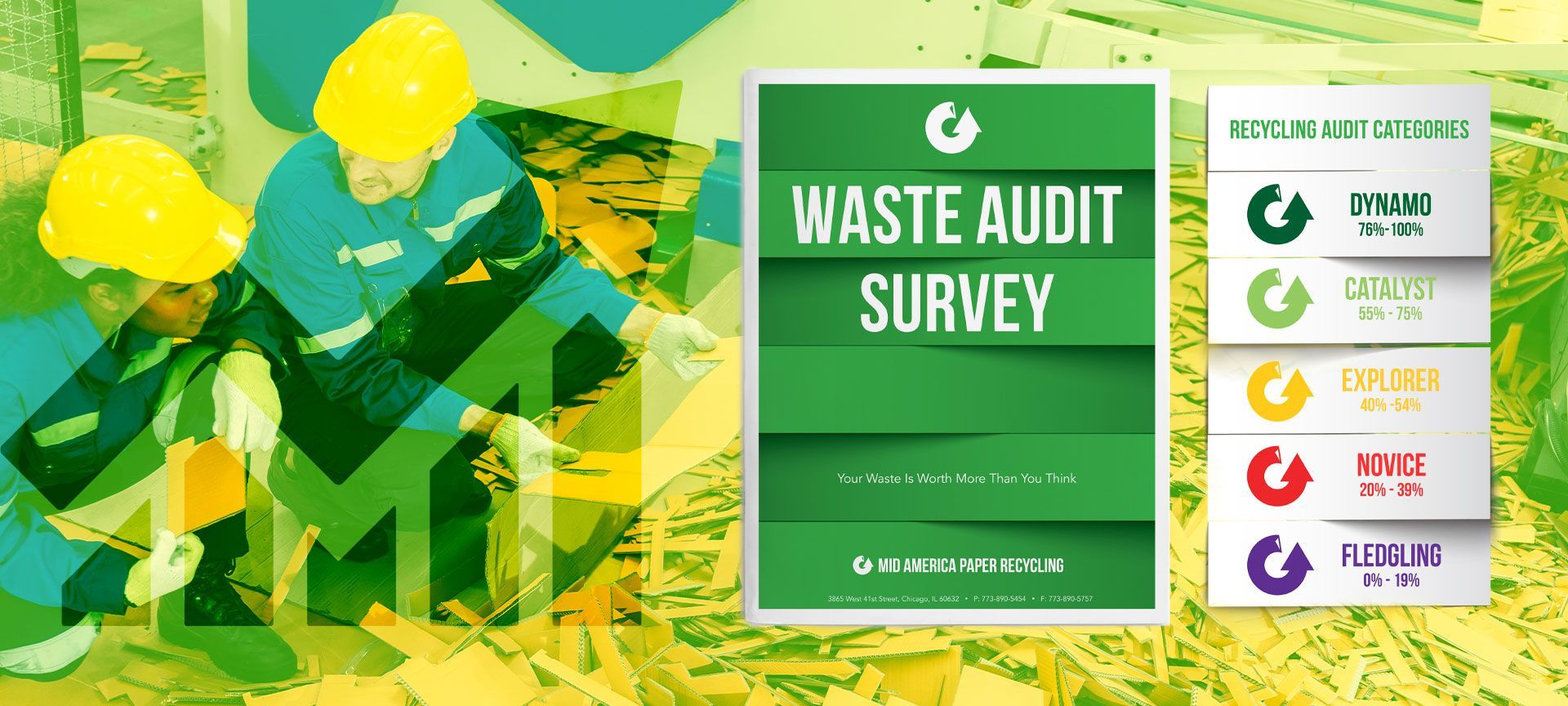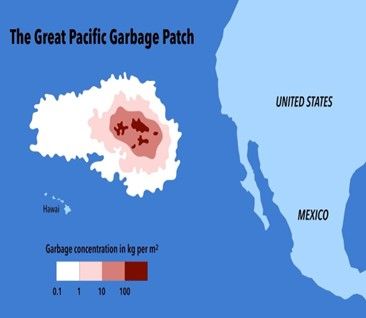Feb 1, 2024
Safe Trailer Loading Procedures
Results from our recent Waste Audit Survey indicate that 48 percent of respondents do not use specific trailer safe-loading patterns. Practicing the proper loading procedures for waste bales encourages the safety and well-being of others, and ensures the weight of the load is maximized.
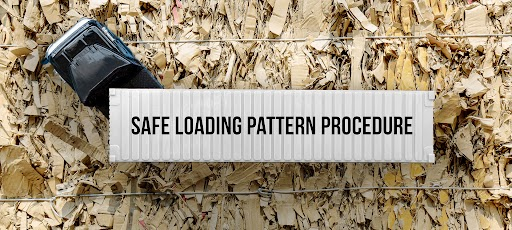
A shipping department that is loading trailers should practice these processes: Stack waste bales squarely to facilitate safe off-loading and storage; turn the last rows of bales lengthwise, preventing the bales from falling or shifting against the trailer door during transit; position the last row of bales to be no more than two bales high prevents toppling and safe unloading. In addition, proper loading patterns reduce the likelihood of light loads, which may incur additional charges from the mills.
“Most mills require incoming loads of waste to weigh 40,000 pounds (or 20 tons),” explains Mid America Paper Recycling CEO Don Gaines. “If the loads are underweight, they will assess fees that can add up quickly. That’s why we always advise and caution companies about weight requirements for shipping trailer loads. Paper waste suppliers should aim for hitting the 20-ton or 40,000-pound weight target, regardless of the type of paper waste they’re shipping.”
Above all else, the most important factor is safety. With all the activities in a warehouse and production facility, operators and drivers must move quickly and efficiently to increase product throughput. Their safety is of utmost importance during these transfers of recyclable materials. Therefore, having procedures in place helps the staff load and unload trailers safely.
In addition, balancing and evenly distributing the weight of the entire load avoids running with too much weight at one end of the trailer or the other, which could affect the vehicle’s stability and braking performance. Drivers should also know their state or provincial vehicle weight regulations and their truck’s unloaded axle weight.
We also advise placing larger bales under smaller ones and low-density bales on top of high-density bales to balance them. Do not place any pallets or loose pallets on mill trailers. Trailers must weigh 40,000 to 45,000 lb. Weight bales on a scale will eliminate guesswork and provide accurate weights, Pirkle points out. Mid America Paper Recycling can custom-develop loading patterns for the best results. “We can also determine if certain types of equipment would facilitate their recycling operation,” adds Gaines.
Mid America Paper Recycling provides safe loading pattern procedures, which include inspecting the trailer to see if it’s safe and clean and checking the bales themselves to see if they are sturdy and properly secured. Remember to check for weaknesses in unsupported sections of the floor and walls to help avoid collapse when a forklift enters a trailer.
When it comes to reporting cargo weight, being a reliable shipper also builds trust on the receiving end. When everyone uses safe loading and unloading practices, everyone wins.”
These are just a few of the benefits Mid America Paper Recycling’s Waste Audit can offer. To assess and upgrade your recycling operation, take our quick, free Waste Audit Survey. Visit
https://www.midamericapaper.com/waste-reduction-audit.

